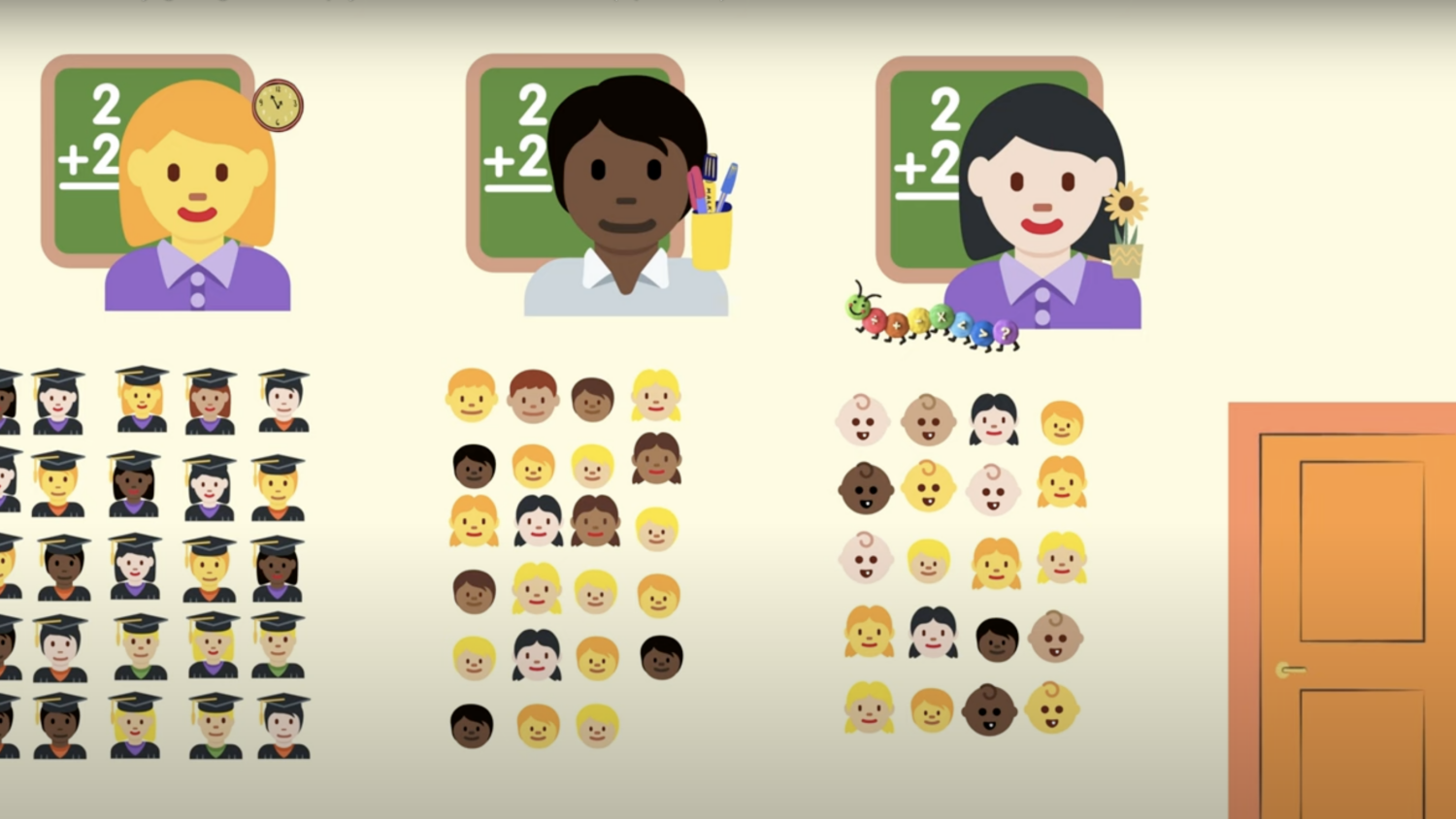How Will NYC Meet State’s Mandate to Reduce Public School Class Sizes?
A mandate from the state requires New York City to start reducing class sizes in all its public schools, and $1.6 billion have been allocated for the task. But how is the city going to get there?
First of all, the class sizes will have to fall. The law requires high school classes to have no more than 25 students, fourth through eighth-grade to no more than 23 students and K-3 classes to be capped with 20 students. It means that average class sizes would fall by four to seven students when the policy is fully implemented.
Secondly, New York City schools will have to hire more teachers. Students capped out by overcrowded classrooms will need around 9000 more teachers in total to meet the law-required class size caps.
It is no secret among teachers that class size does matter. Multiple studies have shown lower class sizes boost test scores, as students in smaller classes tend to have greater classroom engagement and higher attendance. One famous study of class size reduction that took place in Tennessee back in 1985 shows that students who enjoy smaller classes early in their education are more likely to attend and graduate from college.
However, data analysis of the class size law effect raises troubling equity concerns. More Asian and White students would see their class sizes reduced, compared to students of other races or ethnicities. More students from higher income families are also more likely to experience class size reduction than students from low income families, indicating that resources might not be funneled into those of needs.
Xinyuan is a City Newsroom reporter covering education in New York City. Born and raised in China, she earned a dual bachelor’s degree in Political Science from Sciences Po Paris and The University of Hong Kong. Her past working experience includes public relations and working as a legal assistant.
















